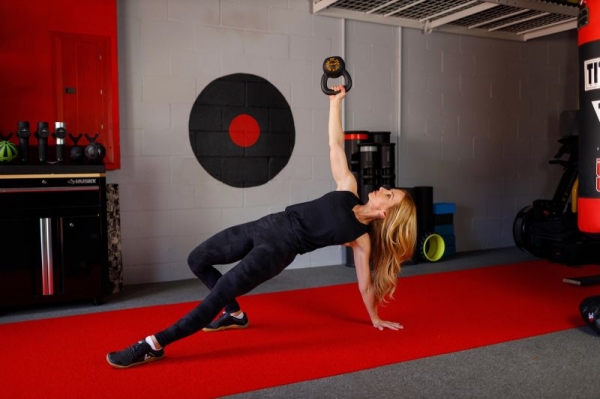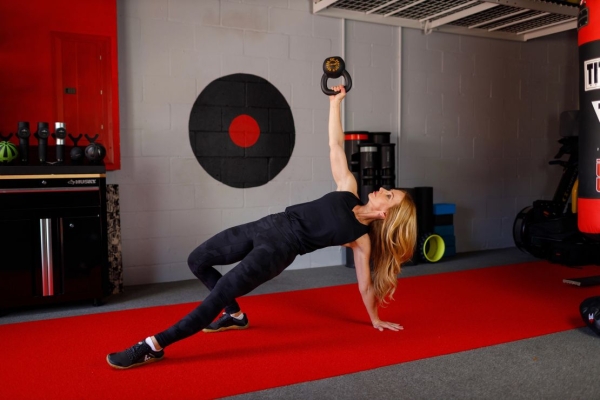
Editor’s note: Dana Santas, known as the “Mobility Maker,” is a certified strength and conditioning specialist and mind-body coach in professional sports, and is the author of the book “Practical Solutions for Back Pain Relief.”
Countless people seek emergency care for back pain, muscle strains and similar injuries resulting from “moving wrong” during mundane, everyday tasks such as bending over to tie shoes, lifting objects or doing household chores.
Even the most basic of human movement patterns — walking — can land you in the emergency room due to tripping or losing balance. Falls are one of the leading causes of emergency room visits, with more than 9 million logged annually. According to the US Centers for Disease Control and Prevention, 1 in 4 older adults report falling every year.
These incidents highlight the importance of understanding proper movement mechanics to prevent avoidable harm. Read on for five essential strategies to correct improper movement patterns, enhance movement quality and minimize your risk of injury.
What are ‘wrong moves’?
The most significant way you can move wrong is by not moving enough.
The clichéd saying “move it or lose it” is sage wisdom. Human bodies are inherently designed for movement. Yet in our modern, sedentary lifestyles, we often neglect the importance of moving both regularly and well. The less we move, the less we can, and the more susceptible we are to hurting ourselves by moving in a way our body is not accustomed or intended.
Understanding what constitutes right and wrong movement is crucial in preventing injury. The unique blueprint of the human body ensures the ability to move in all directions based on using the joints as they were designed.

Cropped shot of an unrecognizable athlete sitting alone and stretching before a run on the track PeopleImages/iStockphoto/Getty Images
For example, certain joints, such as the hips and shoulders are ball and socket, enabling 360 degrees of rotation, while knees are hinge joints that have more limited mobility. Likewise, the middle of your spine, known as the thoracic spine, is designed for rotating, while the lower back or lumbar spine is not. Core muscles need to support and stabilize any carrying or lifting to avoid low-back stress.
If you attempt to twist from your lumbar spine to get out of your car or ask your knees to compensate for a lack of hip mobility in your golf swing, you are moving wrong. Bending over to pet your cat without hinging from your hips and bending your knees or carrying heavy grocery bags without engaging your core to stabilize your spine are also examples of wrong moves. All these actions put unnecessary stress on your muscles, ligaments and joints. As you continue to adopt improper movement patterns, you not only increase your risk of injury but also compromise your body’s functional performance long term.
Editor’s note: Consult your doctor before beginning any new exercise program. Stop immediately if you experience pain.
How to make the right moves
Developing and maintaining proper movement patterns and training to enhance your movement quality are essential to enhance functional mobility so you can navigate your life pain- and injury-free. Here are five key strategies to make the right moves:

Strength training can help you preserve and enhance your muscle mass. Aaron Lockwood/Lockwood Studios
1. Master primary movement patterns
Consider the movements required to function during daily life. To get to anything on the floor, you need to squat down and hinge from your hips. When you reach for something, you push your arm or arms forward. To open a door, you grasp the handle and pull back. You rotate to grab and latch your seat belt in the car, and you must stabilize through your core to sit, stand and walk.
As such, the six generally accepted primary functional movements are squatting, hinging, pushing, pulling and rotating, as well as core stabilization. By mastering these patterns of bodyweight movements and regularly performing them with good form, you develop a strong foundation for safe and efficient movement in all aspects of life.

